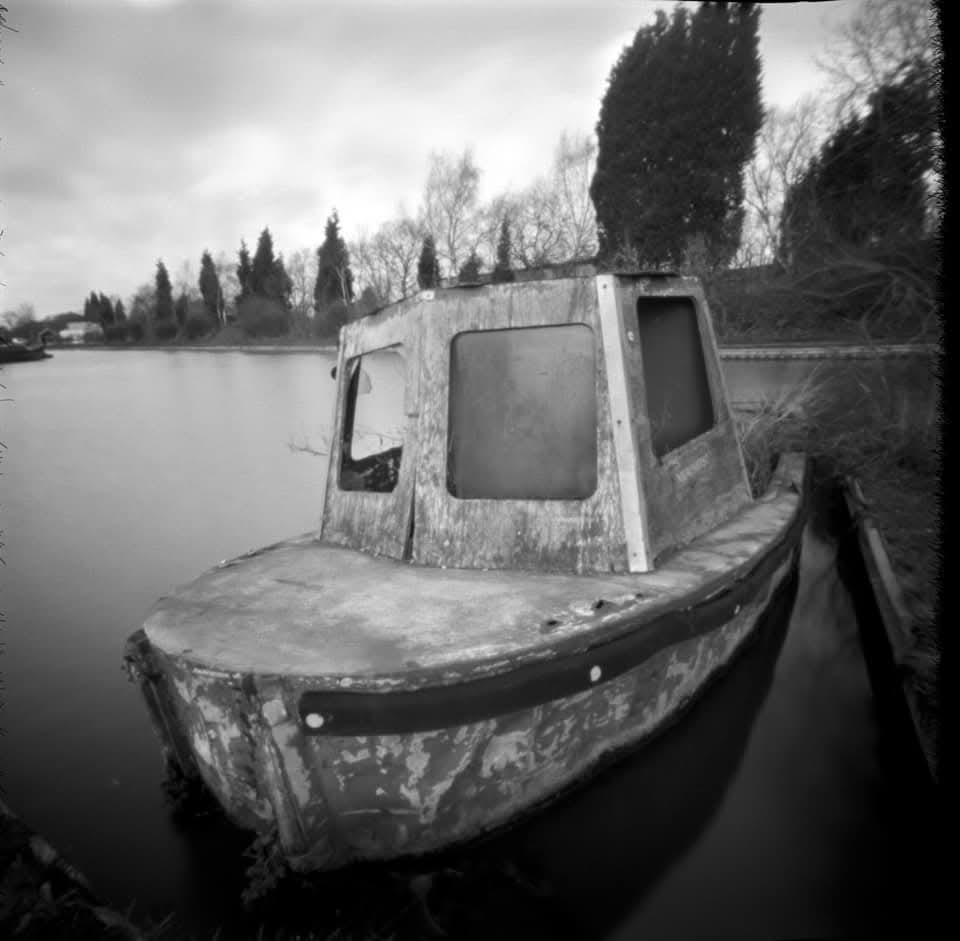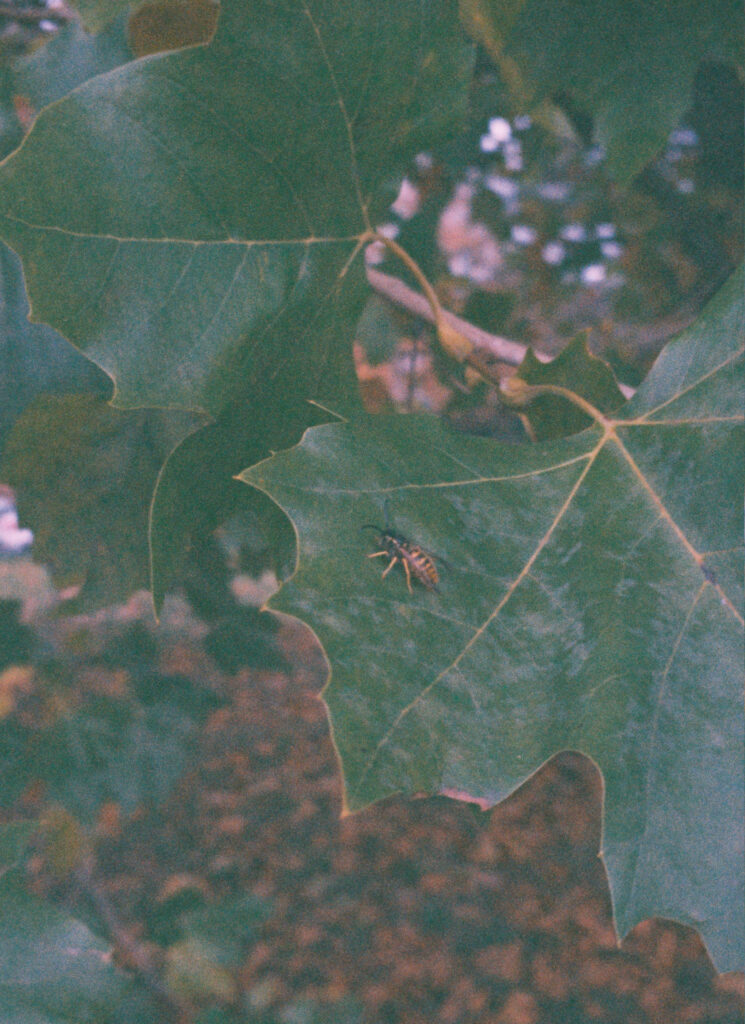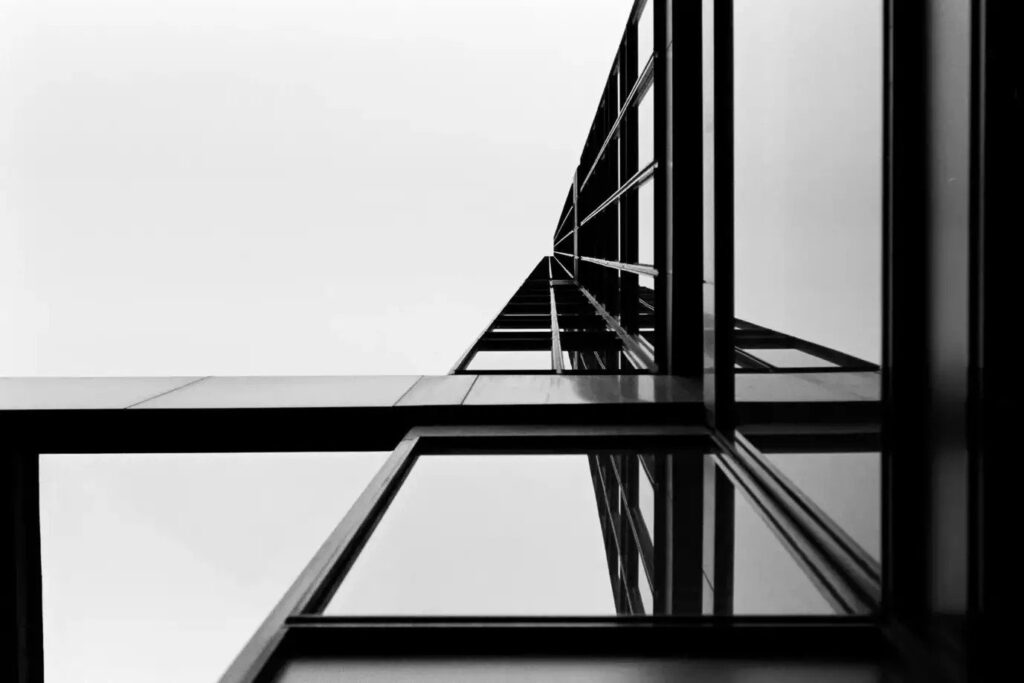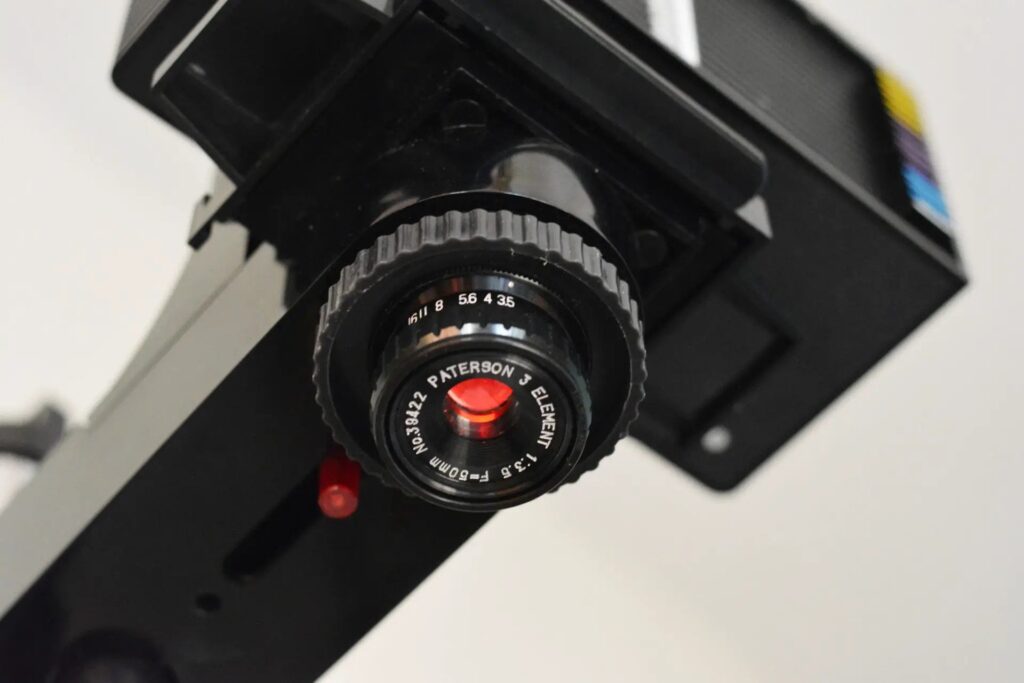After Scott Ferguson and David Hume’s posts a short while back and the comments within them, I was surprised to be asked to contribute. Surprised and terrified to be honest, but it has been a wonderful experience. I don’t have the experience that the three others do, but, that just means that I’ve got the most chance to learn. The following is my brief introduction to the image followed by the comments of Scott, David P, and David H. My sincere thanks to the three of you, you have instilled a bit of confidence.
I’m off and running. My contribution is a pinhole image I got a couple of years ago. Along with my wife, we were planning on going on a planned dog walk. Alas, I couldn’t walk so had to stay in the car park. I’d taken my Reality So Subtle pinhole camera because canals can be interesting. And as I couldn’t walk, it’s my kind of pace. I’ll refer to the subject as a boat, but that maybe stretching the imagination somewhat. When the dogs had taken the humans away this here boat was just pleading with me to make it the centre of attention. It’s the sort of subject that I’d expect anyone with a camera to be attracted to. Rotten, weed infested, completely neglected, but beautiful in its own way. I have found out that the boat no longer exists, which is a pity, I’m more able physically now to maybe do it more justice.
SCOTT: Hey Dean, thanks for sharing this very cool photo and the insights into your experience shooting it, starting with the headline that it was shot with a pinhole camera! I don’t have any personal experience with pinhole cameras, so I’m super curious about the process and what the decisions and variables you have to contemplate while using them. The closest I think I’ve come is a Camera Obscura attraction in Santa Monica, CA where you can walk into a large room that is a Camera Obscura and see the image of the Pacific Ocean reflected on the opposite wall.
I have lots of technical questions, but first some thoughts on the image itself. I agree with you that the boat is a great subject for a photo, and I really like the composition with the prow of the boat almost touching the bottom frame line, and the curves of the boat echoed in the receding curves of the canal, and the perspective of the tree line along the canal. The weed on the boat merging with the weeds on the shoreline along with the derelict qualities of the paint and missing windows all give it a lot of atmosphere and personality.
What is the film format and negative size for your pinhole camera. How do you calculate exposure, and is there any choices to be made about focus or depth of field? It looks to me like the boat is sharper than the distant trees. Can you or do you use filters to get different effects like a red filter if you have a dramatic sky? Can you do handheld or does it require longer exposures. What film do you use?
Thanks for sharing and excited to learn more.
DEAN: Hello Scott, many thanks for your kind words. I’ve never experienced a camera obscura, but have read of them. Did you enjoy the whole experience?
SCOTT: I’m actually going to LA tomorrow and plan to visit the Camera Obscura! I’ll take some shots from the outside, who knows, maybe there’s a one shot story there? I think shooting the inside would be beyond my abilities and the gear I’ll be traveling with — it’s quite dim, but you are literally standing inside a camera. I liked it as a bit of a quaint oddity when I visited it a few years ago before I started shooting more seriously, but I have a feeling it will have a greater impact on me this time around.
DEAN: The pinhole camera is about as basic as it gets, but that is the appeal of it. The Reality So Subtle is a bought pinhole and this one is a 6x6cm medium format that has an angle of view similar to 24mm on 35mm format cameras. I deliberately got as close to the prow of the boat because on my pinholes, you don’t get a view finder. 24mm is quite wide so I wanted to fill the frame. I do have a piece of black plastic with a 6×6 aperture. It’s basic, rudimentary but works quite well, just hold this mask(?) for want of a better word, approximately as far from the film plane as the focal length and job done. There are also lines engraved on the camera to view between which are also well worth using. It’s very much hit and miss compared to a normal camera. But you are so involved in the moment. Your Blad is slower to use than most AF cameras, analogue or digital, but what brings most joy?
Focus is really easy, you can’t. Honestly. The aperture is fixed, in this case it is f160, and there is a sliding door which acts as a shutter. No glass, no lens, just a light tight box with a small hole and a means of regulating how long the hole is exposed. Then. An important thing to do is to remember to wind on. I find it so hard to believe how often this tiny little detail is forgotten.
Now the beauty of RSS, is, that they thought of people using the pinhole and decided that what we needed was a means of using filters, so with one model, the 6x6F, they allow for the use of 52mm filters. At some point I shall let you know how this works, well it would be rude not to try it.
The only way therefore to allow for shorter exposure times is the film being used. I confess that I have never even considered a shorter exposure time, I’m much more comfortable to just allow myself the luxury of being in a situation, and to experience it. That may sound a bit twee to some, but pinhole is relaxing and incredibly absorbing. As for the exposure times, I’m lucky in so much as the app on my android phone seems to suit pinhole. I can set it to allow for the reciprocity failure,, but I learned early that my phone over exposes, by about a stop and a half, so I go with that.
I hope I’ve answered your questions, but if I’ve missed anything please let me know.
And give it a go. What’s the worst that can happen?
DAVID P: Hello Dean, I liked this photo the moment I laid eyes on it. There was an instant emotional connection that I think has as much to do with the tonal range — all those enveloping dark shadows — as with the forelorn, ghost-white subject. Like my fellow commentators I have no experience with pinhole photography, but find myself wondering if the saturated quality of the tones (I almost wrote “of the pigments” — this photo has a definite painterly quality) has something to do with the technique you used.
(If so I’ll plan to steal it from you…!)
I think there is also certain intriguing softness to the photo — not “soft” in the sense of missing focus, but rather a certain mellowing effect of the light — that gives the image a warmth and makes me want to draw near. The emotional impact for me is tied up with sadness, but also with a kind of silence that can in certain circumstances be soothing or even cathartic. Bravo on a wonderfully executed piece of work!
DEAN: Hello David, thank you very much for your kind words. I’m really glad that you were drawn to this image. Neither yourself or Scott have experience of pinhole so I really am hoping I’ve given you both some food for thought.
You mentioned the tones and overall softness of the image. Well I’m certainly no expert or indeed experienced pinholer, but I’m convinced that it is the lack of lens elements and film used. In my case here I used Ilford pan f. The exposure time was in the region of 2 minutes, so from what I’ve read I assume diffraction would play some part in the degradation of sharpness, and enhancement of atmosphere. This was only the 2nd time out on my own with the pinhole, I had seen an advert for a workshop here in England, went along and loved it. I was buzzing come the end of the day. So then I tried at home. I’m still new, but that just makes it more exciting. ( think 5 year old on Christmas morning.). I trust you have read my reply to Scott, most comments to both him and yourself are equally applicable.
Because I am very much like water, I take the path of least resistance, I’ve not yet made a pinhole myself, but, it is always there lurking in my mind, so who knows?
Something else that I need to try is colour film, I’ve seen some remarkable images from colour pinhole.
Give it a go one day, if I lived where you and Scott live, I’d be dragging you out, because I know you would both be thrilled.
DAVID H: Hi Dean. Thanks, I think this is a very successful photograph. It did not strike me as a pinhole. Maybe now that I know that, I could look for some clues but really I feel I should skip over that because I didn’t see it. What I do see is that it is very much to do with photography. By that I mean it’s about optics, and compressing a 3-D world onto a 2-D picture plane. What I see most in it is perspective. I see Euclidean linear perspective, vanishing points and converging horizontals. So I guess I’d say I see an observational meditation on photography. It’s a scene that you’ve come across and one that appealed as a subject in which photography could take the world around you and make it into a satisfying image. I think the subject, though central, is secondary to that. If we were to go a little deeper, we could say there’s also a sense of time; the time that it took the boat to decay, the time that it takes weeds to grow, a time before the canals were obsolete, but I don’t think that’s the main game. The tones and textures are harmonious and everything works together to present this image. There’s lots more that could be said, but it really depends how deep you want to go. I guess I’d say in the next level down we go in to memento mori and that’s a nice undertone that gives peace to the image and an invitation to contemplate.
DEAN: Many thanks once again for your kind words. Your comments have really made me think about, not only this, but quite a few of my images, so thank you again.
With this one, time was on my mind, being a pinhole exposure times are as you know quite long. Which meant that during the exposure I was thinking about time, how long had the boat been abandoned, how long before it vanished beneath the surface. As much as I want to try pinhole in colour, I’m really glad that I’d used mono here.
You are absolutely bang on with your thinking when you say the reason for me trying to capture it. The boat to my eyes was interesting and arresting. I did also get a few images using an OM 10. There was no way I was going to only get one or two images. As is oft the case, the more we look, the more we see.
Final words on the post.
I was nervous to embark on this idea. However, I’ve learned a lot from my fellow contributers. It’s been a fun journey. Now I need to get some more images.
Thank you for reading folks!
Share this post:









Comments
No comments found